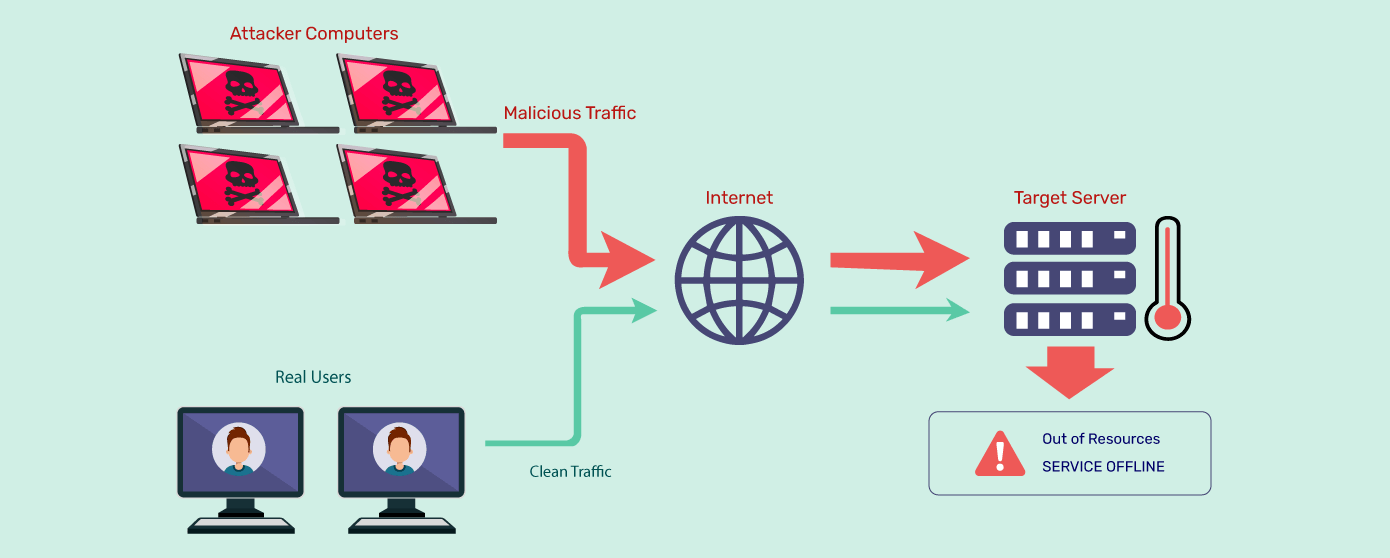How to Prevent DDoS Attacks on Nginx
As a web server, Nginx is a popular choice for many websites due to its performance and scalability. However, like any other server, Nginx is also vulnerable to DDoS (Distributed Denial of Service) attacks. In this article, we will discuss some best practices to prevent DDoS attacks on Nginx.
What is a DDoS Attack?
A DDoS attack is an attempt to make a website or online service unavailable by overwhelming it with a large volume of traffic. This flood of traffic can come from multiple sources, making it difficult to block and mitigate.
Use Rate Limiting
One effective way to prevent DDoS attacks on Nginx is to use rate limiting. This feature allows you to restrict the number of requests a client can send to your server within a specified timeframe. By setting a limit on the number of requests per second, you can prevent your server from being overwhelmed by a sudden spike in traffic.
Enable Firewall Rules
Another important step to protect your Nginx server from DDoS attacks is to enable firewall rules. Firewalls can block malicious traffic based on predefined criteria, such as IP addresses, geographic locations, or specific patterns in the traffic. By configuring firewall rules, you can prevent attackers from accessing your server and launching DDoS attacks.
Implement IP Whitelisting and Blacklisting
IP whitelisting and blacklisting are additional ways to enhance the security of your Nginx server. Whitelisting allows you to specify which IP addresses are allowed to access your server, while blacklisting enables you to block specific IP addresses known to be associated with malicious activity. By carefully managing your whitelist and blacklist, you can reduce the risk of DDoS attacks.
Use a Content Delivery Network (CDN)
One effective strategy to prevent DDoS attacks on Nginx is to use a Content Delivery Network (CDN). A CDN distributes your website’s content across multiple servers located in different geographic regions. This not only improves the performance of your website but also helps to mitigate DDoS attacks by spreading the incoming traffic across multiple servers.
Monitor Server Traffic
Regularly monitoring your server traffic can help you detect and prevent DDoS attacks before they cause significant damage. By analyzing traffic patterns and identifying unusual spikes in traffic, you can take proactive measures to stop the attack and protect your Nginx server.
Keep Nginx Updated
Keeping your Nginx server updated with the latest security patches is crucial to prevent DDoS attacks. Vulnerabilities in outdated versions of Nginx can be exploited by attackers to launch DDoS attacks. By regularly updating Nginx and its dependencies, you can ensure that your server is protected against the latest threats.
Conclusion
Preventing DDoS attacks on Nginx requires a combination of proactive measures and ongoing monitoring. By implementing rate limiting, enabling firewall rules, using IP whitelisting and blacklisting, leveraging a CDN, monitoring server traffic, and keeping Nginx updated, you can strengthen the security of your Nginx server and protect it from DDoS attacks.
